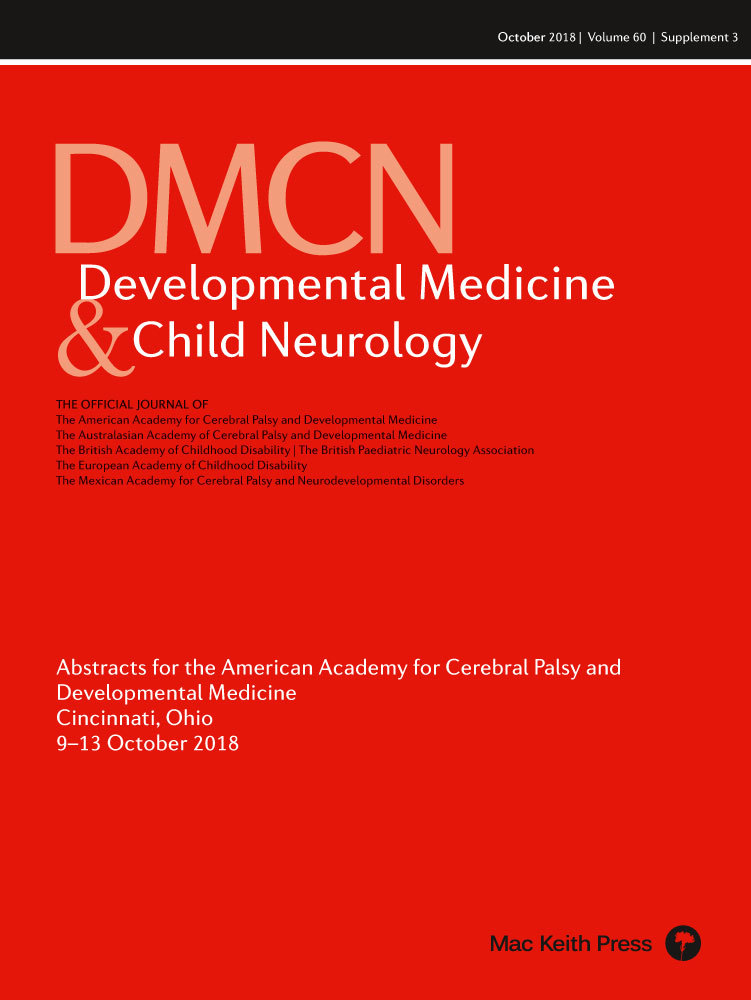Prevalence of patella alta in ambulatory children with cerebral palsy
J7
J Davids1, V Kulkarni1, A Bagley1, N Cung1, R Davis2, D Westberry2, A Carpenter1
1Shriners Hospitals for Children - Northern California, Sacramento, CA, USA; 2Shriners Hospitals for Children – Greenville, Greenville, SC, USA
Background and Objective(s): Patella alta (PA) in children with cerebral palsy (CP) is presumed to be the consequence of spasticity and increased knee loading during gait. The goals of the current study are to establish the prevalence of PA in ambulatory children with CP; and to determine the relationships between PA, motor function (measured by the Gross Motor Function Classification Scale, GMFCS), the topographic classification of CP, age, and obesity (measured by the body mass index, BMI).
Study Design: Retrospective case series, diagnostic level II.
Study Participants & Setting: 297 ambulatory children with CP (mean age 9.0 years) were selected from two Motion Analysis Center databases.
Materials/Methods: Subjects were grouped by GMFCS level (I, II, or III) and topographic classification of CP (hemiplegic or bilateral). For the hemiplegic group, radiographic measures from the affected side were used for analysis. For the bilateral group, data from the limb with the larger/worse Koshino-Sugimoto Index (KSI) were analyzed. The height of the patella was measured from radiographs and adjusted for knee flexion angle to generate KSI. Normal KSI data were used to calculate z scores for patient data. Patella position categories were defined as: alta if z-score ≥ +2, baja if z-score ≤ -2, normal if -2 < z-score > +2. ANOVA of KSI with post hoc Bonferroni comparison was performed across GMFCS, age groups, and BMI categories.
Results: Patient demographics, clinical characteristics and prevalence of PA are summarized in Table 1. For the hemiplegic group, KSI was not significantly different between GMFCS levels. For the bilateral group, KSI was significantly greater for GMFCS III than GMFCS I or II (both p < 0.001). PA was common (43%-92%) in children with CP across GMFCS levels. PA was present in half of the children with hemiplegia and in the majority of children in the bilateral group (71 to 92% by GMFCS level). KSI was significantly higher for older children, regardless of topographical classification. In the hemiplegic group, KSI was higher for children 15 + years of age versus children 5-6 years (p<0.001). In the bilateral group, children 5-6 years of age had lower KSI than all other age groups (p=0.022 to 0.001). KSI was not related to BMI for children with hemiplegic CP but was significantly higher for underweight versus normal weight children with bilateral CP (p=0.019).
Conclusions/Significance: PA is common in children with CP, occurring in approximately half of the children with hemiplegic CP and in the majority of children in the bilateral CP group. PA is more common in older children, those requiring assistive devices for ambulation, and those who were underweight. The etiology of PA seems to be multifactorial, related to physiologic and mechanical aspects of disease severity. The functional significance of PA will be determined by relating patellar position to knee kinematics and kinetics in these subjects.





